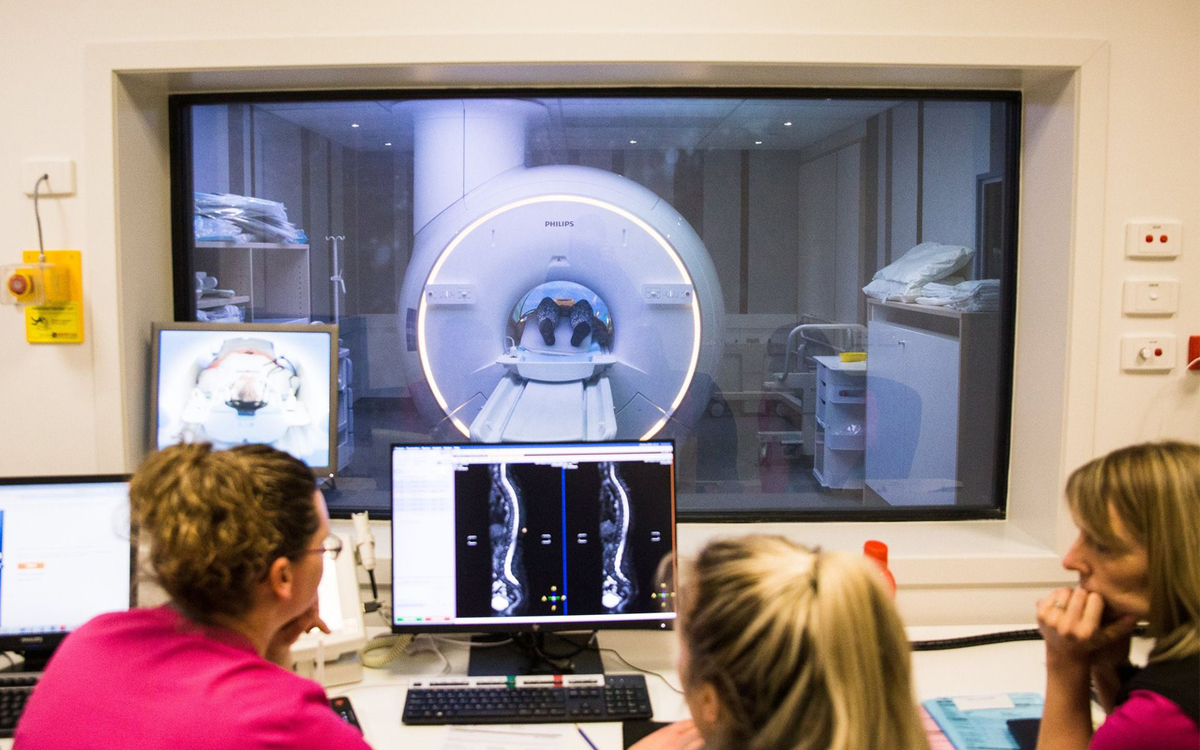Southland Hospital’s new MRI scanner ready for patients
29 September 2020, 4:18 PM
 MRI Medical Imaging Technologists scanning and observing their patient as part of applications training on the MRI Scan Bed. PHOTO: SDHB
MRI Medical Imaging Technologists scanning and observing their patient as part of applications training on the MRI Scan Bed. PHOTO: SDHBSouthland Hospital’s new $2 million MRI scanner is now in place and ready to scan its first patients today (Wednesday 30 September.
Southern DHB Chief Executive Chris Fleming said the new magnetic resonance imaging (MRI) scanner, which is manufactured in the Netherlands by Philips Healthcare, was the first of its kind in New Zealand.
It was installed in Southland Hospital’s Radiology Department over the past seven weeks.
Advertisement
Advertise on the Southland App
It replaces the MRI scanner the Southland community fundraised to buy 16 years ago.
The old scanner had served the community well over the years but the newly installed scanner is better equipped to meet modern needs, he said.
Mr Fleming said the advantages of the new scanner included a 70cm bore, which allows for larger patients to be scanned in Southland.
The new machine would be more comfortable for patients, as it included a special screen to help patients relax, follow directions, minimise motion, reduce stress and the need for sedation.
The new MRI would also provide greater image quality for scans and be 80% quieter to operate.
Advertisement
Advertise on the Southland App
The new BlueSeal magnet technology requires less helium than traditional MRIs, which is important in a site like Invercargill where helium is difficult and expensive to get on-site quickly.
“Installation of the Philips Ambition MRI scanner marks the successful completion of the first phase of the upgrade of Southland Hospital’s Radiology Department. Phase two, which is hoped to start in coming months, is to expand the treatment, consent and patient waiting areas to improve comfort, confidentiality and workflow in the MRI suite,” Mr Fleming said.
Mr Fleming thanked Pacific Radiology and St John’s for going “above and beyond” to assist Southern DHB with the urgent inpatient and outpatient scans during the seven week installation period.
While the Radiology Department had worked to reduce waiting lists so the machine could be installed, the assistance of Pacific Radiology and St John’s had been crucial for urgent scans during that time, he said.





